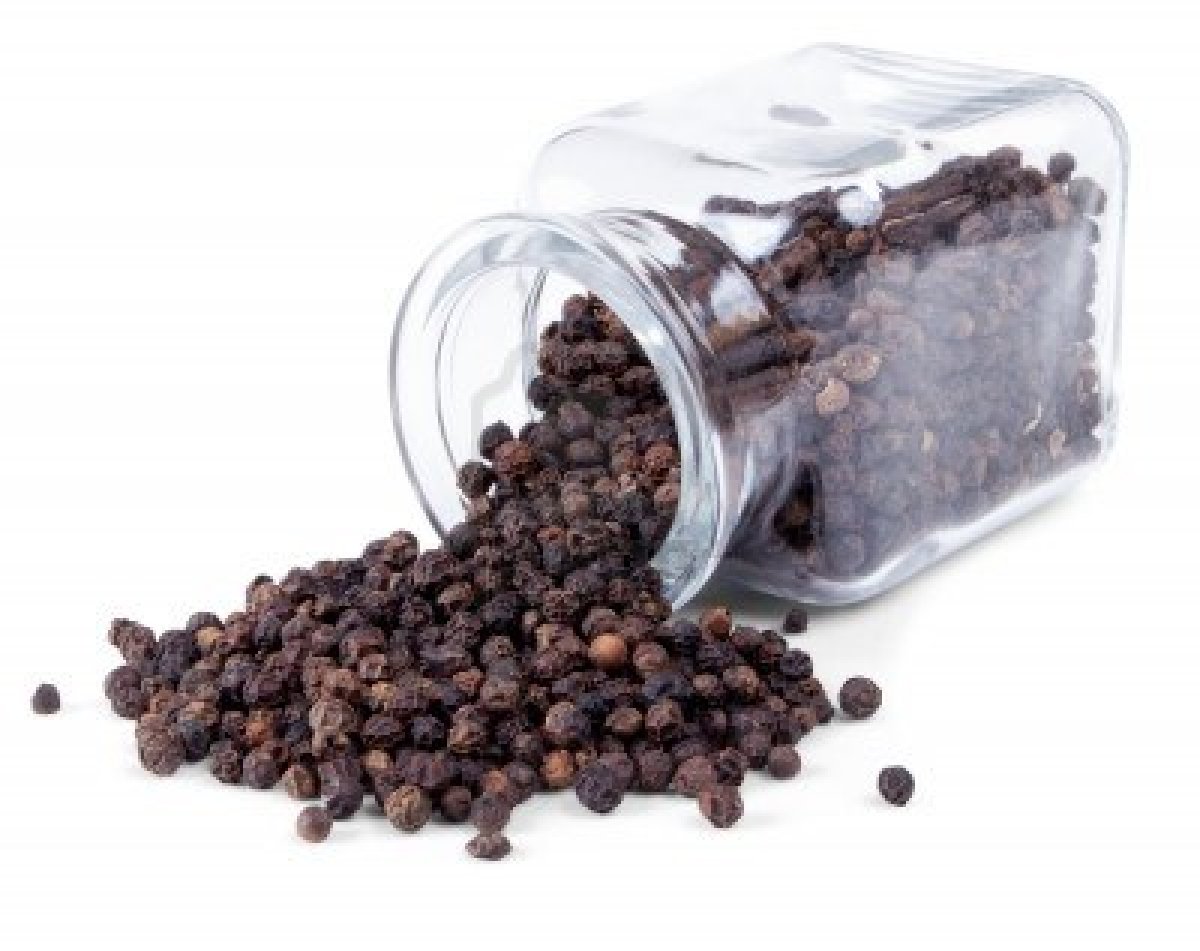
Sitting too much can take a serious toll on your health, even raise your risk of early death. But if you’re stuck in your chair at a desk job all day, don’t despair — a new study suggests there is something you can do to reverse the damage.
It comes down to fitting in an hour of walking or other physical activity a day. It doesn’t have to be a super-intense fitness routine to offer benefits, say the authors of a new study.
Researchers from the Norwegian School of Sports Sciences in Oslo, Norway, and the University of Cambridge in the U.K. analyzed data on more than one million people drawn from 16 different studies. Their goal was to find out how many hours of physical activity would be needed to counteract the negative health effects of sitting on your tush all day at the typical eight-hour-a-day office job.
Most of the people studied were over 45 and from the U.S., Western Europe and Australia. The scientists divvied up data on them into four groups according to how active they were, ranging from those who were in motion less than five minutes a day to those who were able to fit in 60 to 75 minutes of physical activity per day. Their activities included brisk walking (at about a 3.5 mph pace) or cycling for pleasure (at almost a 10 mph pace).
The increased risk of death linked with sitting for eight hours a day was eliminated for people who were physically active for at least one hour a day.
What’s more, the eight-hour-a-day sitters who exercised had a significantly lower risk of death compared to people who sat for fewer hours a day but weren’t active, the authors found.
Those who sat for most of the day were at the highest risk for death.
The researchers say what they found was a simple recipe for better health. “Our message is a positive one: it is possible to reduce – or even eliminate – these risks if we are active enough, even without having to take up sports or go to the gym,” the study’s lead researcher, Ulf Ekelund, of the Norwegian School of Sport Sciences, said in a statement.
But he noted that, unfortunately, only 25 percent of the people in the study exercised one hour a day or more.
This is just the latest research to look at the health issues raised by sedentary lifestyles. A study out last year in the Annals of Internal Medicine showed less rosy results. It found sitting for prolonged periods of time increased the risk for heart disease, diabetes, cancer and early death even in people who got half an hour to an hour of exercise a day. It found sitting for prolonged periods raised the risk of cardiovascular disease by 14 percent, cancer by 13 percent, and diabetes by a whopping 91 percent.
Another 2014 study in Mayo Clinic Proceedings found that prolonged sitting affected people’s fitness levels, regardless of whether they exercised or not. Two hours of sitting cancelled out the benefits of 20 minutes of exercise when it came to cardio-respiratory fitness, the authors said.
Heart expert Dr. Suzanne Steinbaum, a preventive cardiologist at Lenox Hill Hospital in New York City, said any exercise is good for you. It can improve cardiovascular health and help fend off health problems such as diabetes and obesity.
“Our lives have become so sedentary. Often people’s sitting time is significantly more than eight hours a day,” said Steinbaum, who noted that the size of the latest study makes its findings especially significant.
“I love this study because it really is showing that we can do something. There were a lot of people involved. It shows how relevant exercise is in our lives. It’s no longer a leisure activity, and it’s not just a treat to get a workout in, it’s not an option not to. It’s something we have to put in our lives,” she said.
Steinbaum said the study also showed that you don’t have to go to the gym and follow a hard-core fitness regimen to reap benefits; just walking at a brisk pace — enough to get your heart rate up — is an option, too.
“It’s not hanging out and window shopping, but it’s a really nice walk and it can help with stress reduction. You can go outside with a friend and get your heart rate up for one hour and talk about life and laugh,” she said.
The researchers also looked at six studies on daily television watching in half a million people and found that watching for more than three hours a day was linked with an increased risk of death in all but the most active people. The death rate was significantly higher in people who watched TV for five hours or more a day.
Study author Ekelund added, “For many people who commute to work and have office-based jobs, there is no way to escape sitting for prolonged periods of time. For these people in particular, we cannot stress enough the importance of getting exercise, whether it’s getting out for a walk at lunchtime, going for a run in the morning or cycling to work. An hour of physical activity per day is the ideal, but if this is unmanageable, then at least doing some exercise each day can help reduce the risk.”
Source : http://www.cbsnews.com/news/one-hour-of-exercise-reverses-health-risks-of-sitting-all-day/




 Researchers have found that in boys, higher screen time was adversely associated to bone mineral density (BMD) at all sites even when adjusted for specific lifestyle factors.
Researchers have found that in boys, higher screen time was adversely associated to bone mineral density (BMD) at all sites even when adjusted for specific lifestyle factors.




